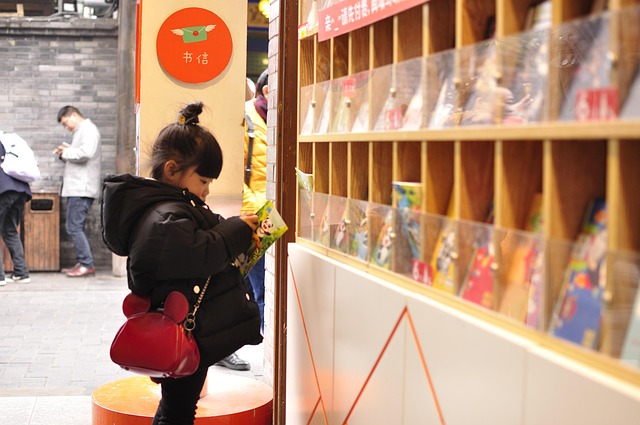Modern enterprises are increasingly turning to robotics and artificial intelligence to streamline operations, reduce costs, and enhance precision. At the heart of this technological leap lies an often underappreciated component: sensing strategies. These strategies involve the careful selection, placement, and interpretation of sensors that feed data into robotic systems, enabling machines to perceive their surroundings, adapt to changing conditions, and make autonomous decisions. By marrying advanced sensor arrays with sophisticated AI algorithms, businesses can unlock new levels of automation that were previously unimaginable.
The Evolution of Sensing Strategies in Robotics
Early industrial robots relied on simple position sensors and pre-programmed motions. The advent of proximity sensors, force sensors, and cameras expanded their capabilities, allowing robots to detect obstacles and interact with objects. As sensor technology matured—introducing lidar, ultrasonic, infrared, and high‑resolution vision systems—robots gained richer environmental awareness. Concurrently, AI models evolved from rule‑based systems to deep neural networks, enabling pattern recognition and predictive analytics. The synergy between these two advances gave rise to contemporary sensing strategies that are not merely reactive but predictive, adaptive, and context‑aware.
- Enhanced spatial awareness through lidar and stereo vision.
- Real‑time force feedback using tactile sensors.
- Environmental monitoring with temperature and humidity sensors.
Why Sensing Matters in Business Automation
In a production line, a single misread sensor can cascade into costly downtime. Sensing strategies mitigate this risk by providing redundant data streams, cross‑checking information, and allowing autonomous fault detection. For example, a warehouse robot equipped with laser scanners and RFID readers can accurately locate inventory, verify item integrity, and adjust its path to avoid collisions—all without human intervention. The resulting efficiency gains are measurable: companies report up to a 30% reduction in error rates and a 20% increase in throughput when robust sensing is implemented.
“Sensing is the nervous system of the robot; without it, the AI is merely a head with no body,” says Dr. Elena Martínez, robotics engineer at TechNova.
Integrating Sensors with AI: The Technical Blueprint
Successful integration begins with sensor selection tailored to the specific business process. Engineers map out the operational environment, identify critical variables, and choose sensors that deliver high fidelity data within the required bandwidth. Next, the raw sensor outputs are pre‑processed—filtered, calibrated, and synchronized—before being fed into AI models. Deep learning frameworks can then extract features, classify objects, and predict future states. Continuous learning loops allow the system to refine its models based on new data, ensuring that sensing strategies remain effective as business conditions evolve.
- Define operational goals and constraints.
- Select appropriate sensor modalities.
- Implement data fusion algorithms.
- Train and validate AI models.
- Deploy adaptive learning mechanisms.
Case Studies in Business Automation
In the automotive manufacturing sector, a leading supplier installed a fleet of collaborative robots equipped with depth cameras and force‑tactile arrays. The sensing strategies enabled the robots to pick and place components with nanometer precision, reducing assembly errors by 45% and cutting labor costs by $4 million annually. Another example comes from the food processing industry, where conveyor‑line robots use temperature and humidity sensors to adjust cooking times on the fly, maintaining product consistency while cutting waste by 18%.
“The difference was immediate—our production line went from a bottleneck to a streamlined, self‑optimizing system,” comments Maria Lee, operations manager at FreshBite Foods.
Challenges and Future Directions
Despite these successes, implementing advanced sensing strategies is not without hurdles. Data overload can strain computational resources, necessitating edge‑processing solutions. Sensor drift and environmental interference require regular calibration protocols. Moreover, integrating heterogeneous sensor types demands robust communication standards and middleware. To address these challenges, researchers are exploring federated learning for distributed sensor networks, lightweight AI models for edge devices, and standardized ontologies for sensor data. As quantum sensing and neuromorphic processors mature, we can expect sensing strategies to become even more compact, energy‑efficient, and powerful.
Conclusion
In the quest for seamless business automation, sensing strategies serve as the indispensable bridge between the physical world and intelligent decision‑making. By thoughtfully selecting sensors, fusing data, and coupling it with adaptive AI, companies can achieve unprecedented levels of accuracy, flexibility, and resilience. As sensor technology and machine learning continue to evolve in tandem, the future of robotics in business will be defined by machines that not only act but also perceive and learn in real time.



